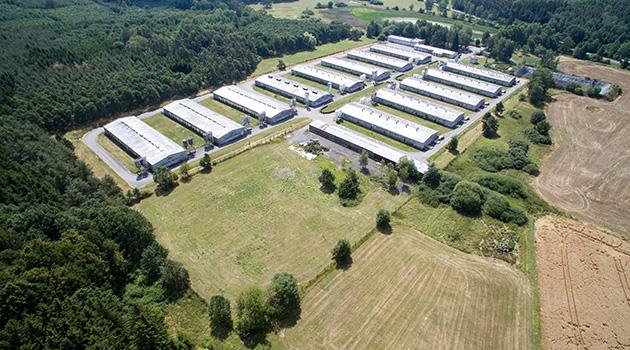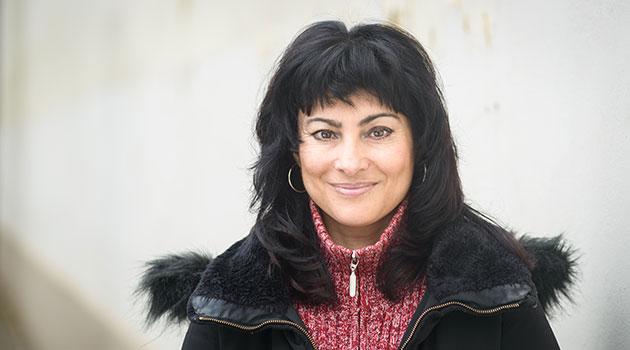Czech Republic's Museum of Romani Culture to educate students at memorial site of former concentration camp at Lety

The Museum of Romani Culture in the Czech Republic is preparing an education program for students that will run at the memorial site of the former concentration camp for Romani people in Lety u Písku. The program about the Holocaust of the Roma and Sinti will run from 21-24 April 2020 and again from 16 to 19 June 2020 directly on the grounds of the Memorial to the Holocaust of Roma and Sinti.
The Museum announced the program on its website. “The education program will present the history of the site where the so-called ‘Gypsy Camp’ stood from 1942-1943 and will familiarize participants with the dismal living conditions there and with the importance of the camp in the context of what was termed the ‘solution to the Gypsy question’. Those attending will have the opportunity to see the grounds of the now-defunct pig farm that formerly occupied the site where the camp had been in operation, where the building of the new memorial is planned to take place,” the announcement reads.
According to the Museum, the program will work with documents and photographs from the days when the camp was in operation and with the testimonies of eyewitnesses to its operation. Together, educators and students will open up the question of how such remembrance sites, which the grounds of the former camp are now considered to be, should be dealt with.
The events associated with civil society’s attempt to close the pig farm will also be discussed during the program. In addition to focusing on historical findings, the program will focus on developing participants’ civic competences, creativity, and critical thinking skills.
According to historians, 1 308 Romani children, men and women passed through the camp at Lety from August 1942 to May 1943, at least 327 of whom died there and more than 500 of whom were forcibly sent to the Auschwitz death camp. About 600 of those Romani people later returned from various concentration camps after the war.
Experts say the Nazis murdered 90 % of the Roma living in Bohemia and Moravia. The pig farm on the site of the former concentration camp began to be built in 1972 and was 7.1 hectares in area.
During the 1990s the AGPI firm began to do business at the farm. A total of 13 000 pigs were housed in 13 feed halls there.
The state bought out the farm in 2018 for the price of CZK 372 574 380 [EUR 14,782,377.14 before VAT. In September 2019 archaeologists found the unmarked burial sites of various individuals on the site of the former camp.
The archaeologists uncovered one burial site with the remains of a former prisoner, a woman who was not more than 40 years old, as well as the burial site of a newborn whose skeletal remains were almost not preserved intact due to the shallowness of the pit. Seven such burial pits were found.
According to documentary sources, there are meant to be 120 prisoners buried at that location, more than 70 of whom were children, and the burial site should be 400 meters square. In October 2019 the archaeological research ascertained that most of the former concentration camp for Romani people at Lety u Písku was in fact located on the same land over which the pig farm was later built.
The concentration camp’s ruins were still visible on the surface in the 1970s when the farm was constructed during the communist regime. The Museum of Romani Culture plans to build the Memorial to the Holocaust of the Roma and Sinti at the same location where the pig farm was once developed over the former concentration camp site and will open that new memorial by 2023.
